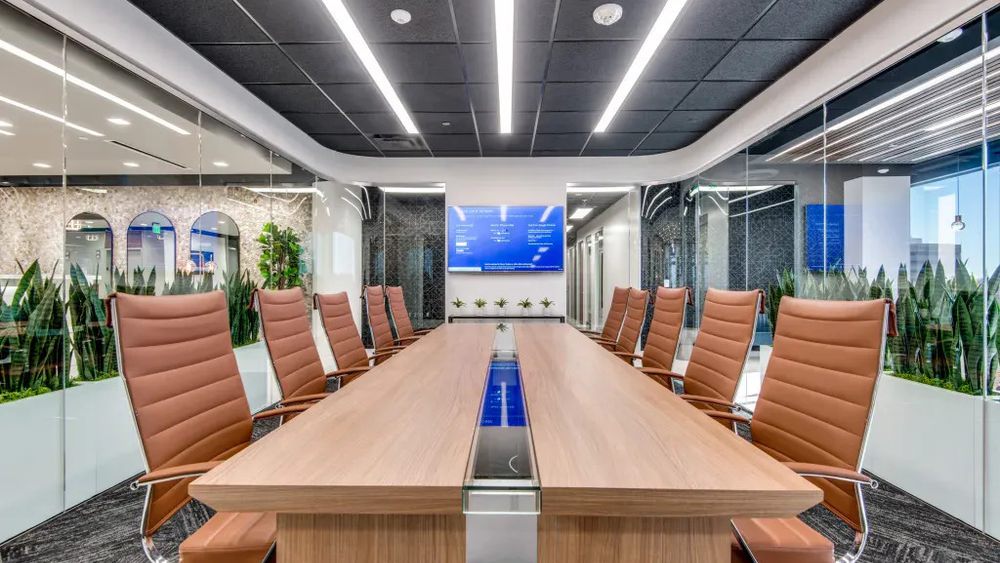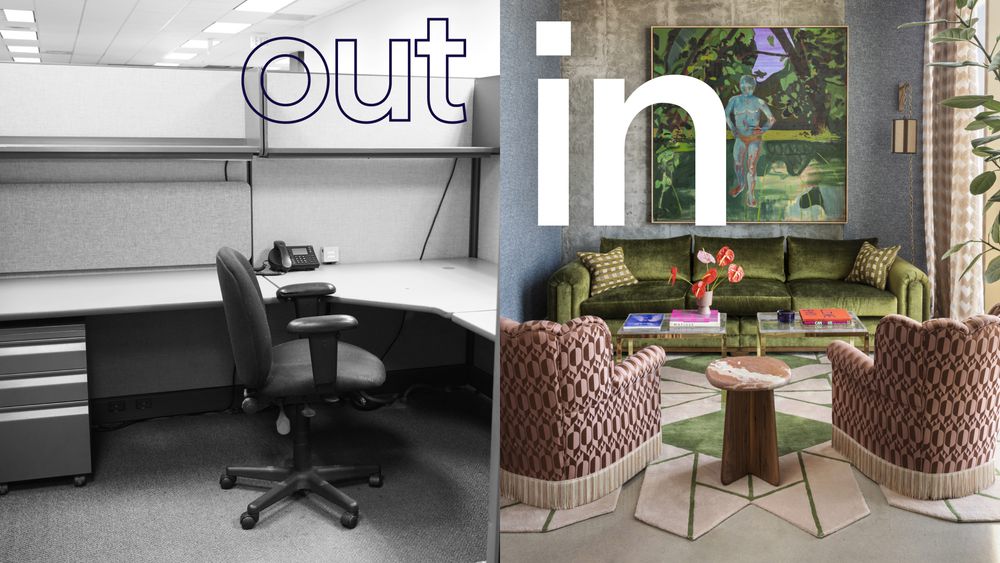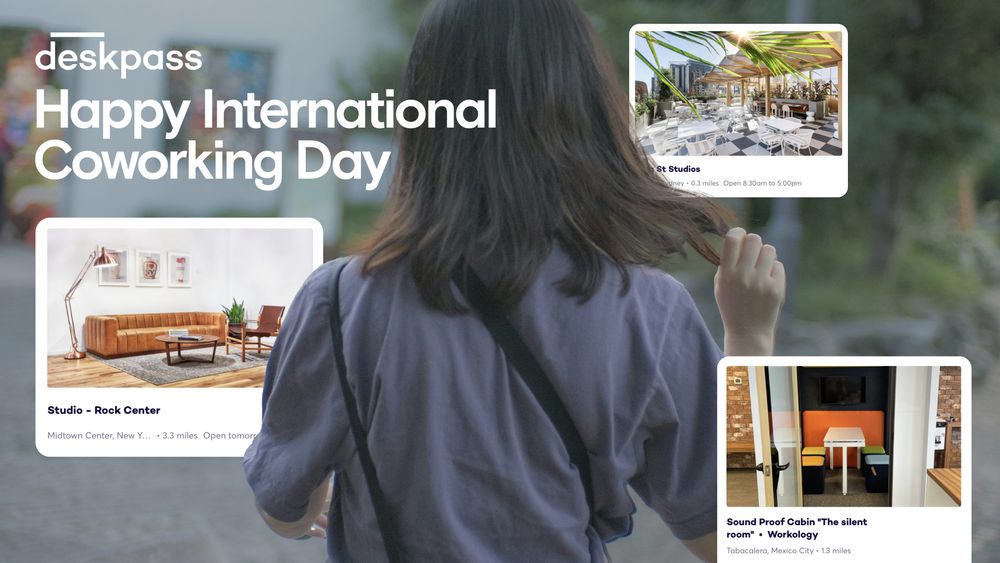It’s Wednesday morning and you’re sitting in yet another meeting, watching the clock tick away, wondering if you’ll ever get back to your actual work. Sound familiar? Don’t worry, we’ve all been there. Many of us spend way more time in unnecessary meetings than we’d like to admit. And the sad fact is, that time is often not as productive as we hope it would be.
Research shows that employees often participate in as many meetings as possible, which can lead to micromanagement and increased stress. So, what can we do to fix meetings? Instead of just saying, “this could’ve been an email,” business leaders need to think strategically about not just when to schedule a meeting, but where and how to facilitate a meaningful convergence of ideas.
The Problem with Unproductive Meetings
Let’s talk numbers for a second. Studies show that the average employee spends about 31 hours per month in unproductive meetings. That’s almost a full workweek! And it’s not just about the time spent in the meeting itself. There’s also the “meeting anticipation” effect, where you’re less productive before a scheduled meeting, and the time it takes to refocus afterwards. All in all, that “quick” 30-minute meeting might actually cost you nearly an hour of productive time. Inefficiencies and technology issues can result in lost time during an hour-long meeting.
And here’s something you might not have considered: the environment of the meeting room itself can affect productivity. A Harvard Business Review study found that in crowded meeting rooms, elevated CO2 levels can reduce cognitive function by up to 50%. So not only are we wasting time, but we might not even be thinking as clearly as we could be!
But the impact goes beyond just time. Unproductive meetings can be a real mood killer, leading to frustration and disengagement. The irony is that while meetings are supposed to foster collaboration, unproductive ones hinder it. When meetings become a chore, people start to dread them, hold back ideas, or even skip them altogether. It can have a demoralizing effect on collaboration—and your company culture as a whole. Poorly managed meetings can significantly impact the entire department, affecting overall team morale and productivity.
The Cost of Wasted Time: Fast Facts About Bad Meetings
When we talk about the cost of meetings, we’re not just talking about the coffee and donuts in the conference room. The real price tag is much, much higher—and it’s measured in hours, dollars, and missed opportunities. Many companies decided to participate in trials allowing meeting-free days to improve productivity and employee satisfaction. Let’s break it down with some eye-opening statistics:
According to a study by Atlassian, about 62% of workers attend meetings without a clear purpose. From missing meeting agendas to collaborations that go off the rails, roughly three in five meetings leave workers wondering, “what was the point of that?” It’s a statistic made even worse when you consider the cost of what wasn’t talked about.
It gets even more startling when we look at the macro financial impact. Doodle’s 2019 State of Meetings report estimated that pointless meetings cost U.S. businesses a whopping $399 billion a year. That's a billion with a ‘b’! To put that into perspective, that’s more than the GDP of some small countries.
There’s another hidden cost that often goes unnoticed: the disruption to your workflow. Research from the University of California Irvine found that it takes an average of 23 minutes and 15 seconds to get back to the task at hand after an interruption. So even a quick 15-minute meeting can end up costing you nearly 40 minutes of productive time.
For executives and high-level managers, the toll is even higher. A Harvard Business Review study found that a single weekly executive meeting consumed 300,000 person-hours a year for one large company. That’s equivalent to 150 people working full-time for a year!
Perhaps the most significant cost isn’t something we can put a number on: it’s the cost of missed innovations, delayed decisions, and lost momentum. When teams spend more time talking about work than actually doing it, projects stall, creativity suffers, and opportunities slip away. Optimizing meeting length can lead to more focused discussions and less wasted time.
The good news? These costs aren’t inevitable.
Strategies for Productive Meetings
So, what makes a good meeting? Or, rather, how can you take steps to avoid the time-suck and wasted costs of a bad meeting? As it turns out, setting the stage for a positive, productive meeting isn’t as hard as you might think. There are more than a few practical, easy-to-implement tips that can transform your meetings from time-wasters to productivity boosters.
1. Set clear objectives and an agenda
Before scheduling a meeting, ask yourself: What’s the goal here? What decisions need to be made? Once you’re clear on the objectives, create a focused agenda and share it with attendees beforehand. Include the meeting’s goal right in the invitation. Something like “Goal: Decide on next quarter’s marketing strategy” can work wonders. Additionally, critically evaluate the necessity and structure of each next meeting to improve time management and productivity.
2. Keep the meeting length short and sweet
We’ve all experienced the law of diminishing returns when it comes to long meetings. Our brains simply aren’t wired for marathon discussions. So, aim to keep your meetings under 30 minutes whenever possible. Optimizing the meeting length can lead to more focused discussions and less wasted time. Instead of defaulting to hour-long slots, schedule 25 or 50-minute meetings. This builds in time for breaks and prevents back-to-back meeting madness.
3. Invite the right people (and only the right people)
Amazon’s Jeff Bezos has a "two pizza rule"—if it takes more than two pizzas to feed the group, there are too many people in the meeting. While we’re not suggesting you actually order pizza for every meeting, the principle is sound. Only invite people who absolutely need to be there. For everyone else, send a brief summary afterward. Your team will thank you for respecting their time.
4. Encourage active participation
A meeting shouldn’t be a one-person show. Encourage everyone to contribute by asking open-ended questions and creating a safe space for sharing ideas. Try the "round robin" technique: Go around the room and ask each person for their thoughts. This ensures everyone gets a chance to speak and can lead to some brilliant ideas from unexpected sources.
5. End with clear action items
We’ve all been in meetings that felt productive...until we realized no one knew what to do next. Avoid this by ending every meeting with clear action items. Who’s doing what, and by when? Assign a note-taker to jot down these action items and send them out to all attendees right after the meeting. This keeps everyone accountable and ensures the meeting’s momentum carries forward.
6. Embrace the power of stand-ups
For regular team check-ins, consider the stand-up meeting format. In-person stand-up meetings can enhance face-to-face interactions and collaboration. These are short (usually 15 minutes or less), focused meetings. Each person quickly shares what they’re working on, any roadblocks they’re facing, and what’s next on their plate. It’s a great way to keep everyone in the loop without eating up too much of the day.
Remember, the goal isn’t to eliminate meetings altogether—it’s to make them truly worthwhile. By implementing these strategies, you’ll save time and boost productivity—and you might even find that people start looking forward to your meetings!
Transform Your Meeting Culture
Time is a precious commodity. Implementing meeting free days can significantly enhance productivity and reduce stress. That means every meeting should earn its place on the calendar. Trialing meeting-free days has shown promising results in improving workplace satisfaction and communication. To do that, they need to be made and conducted with mindful purpose and clear action and intent. Pereira's two year experiment demonstrated the long-term benefits of reducing meetings. Set clear agendas, keep meetings short, invite only essential participants, and always follow up with action items. By being intentional about your meeting practices, you can avoid bad, wasteful meetings and reclaim those lost hours to channel them into meaningful work.



